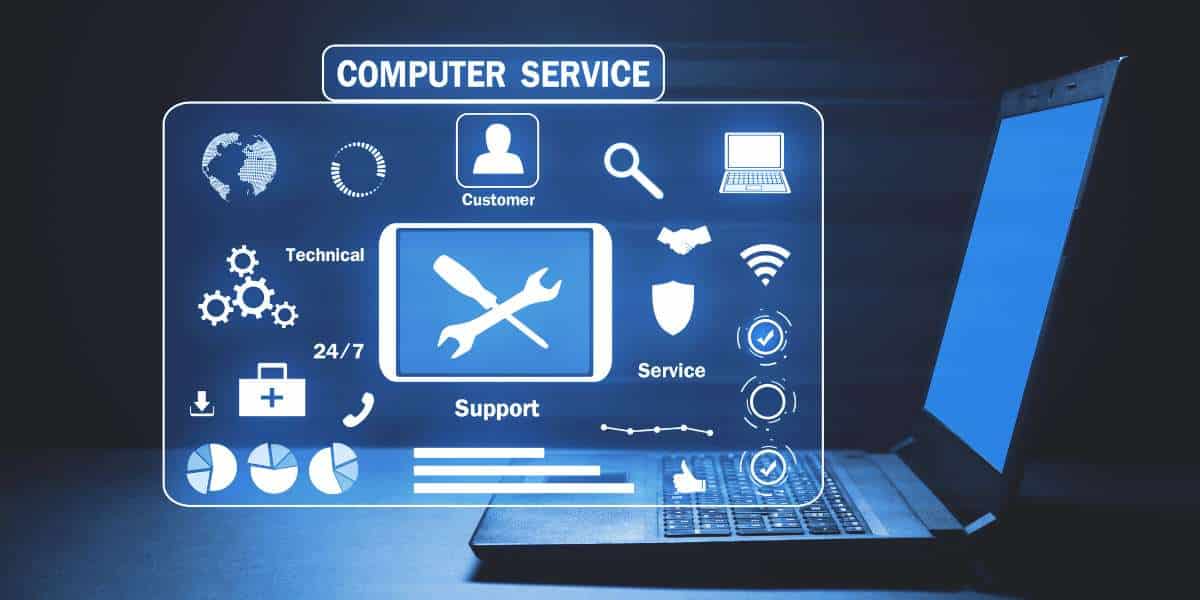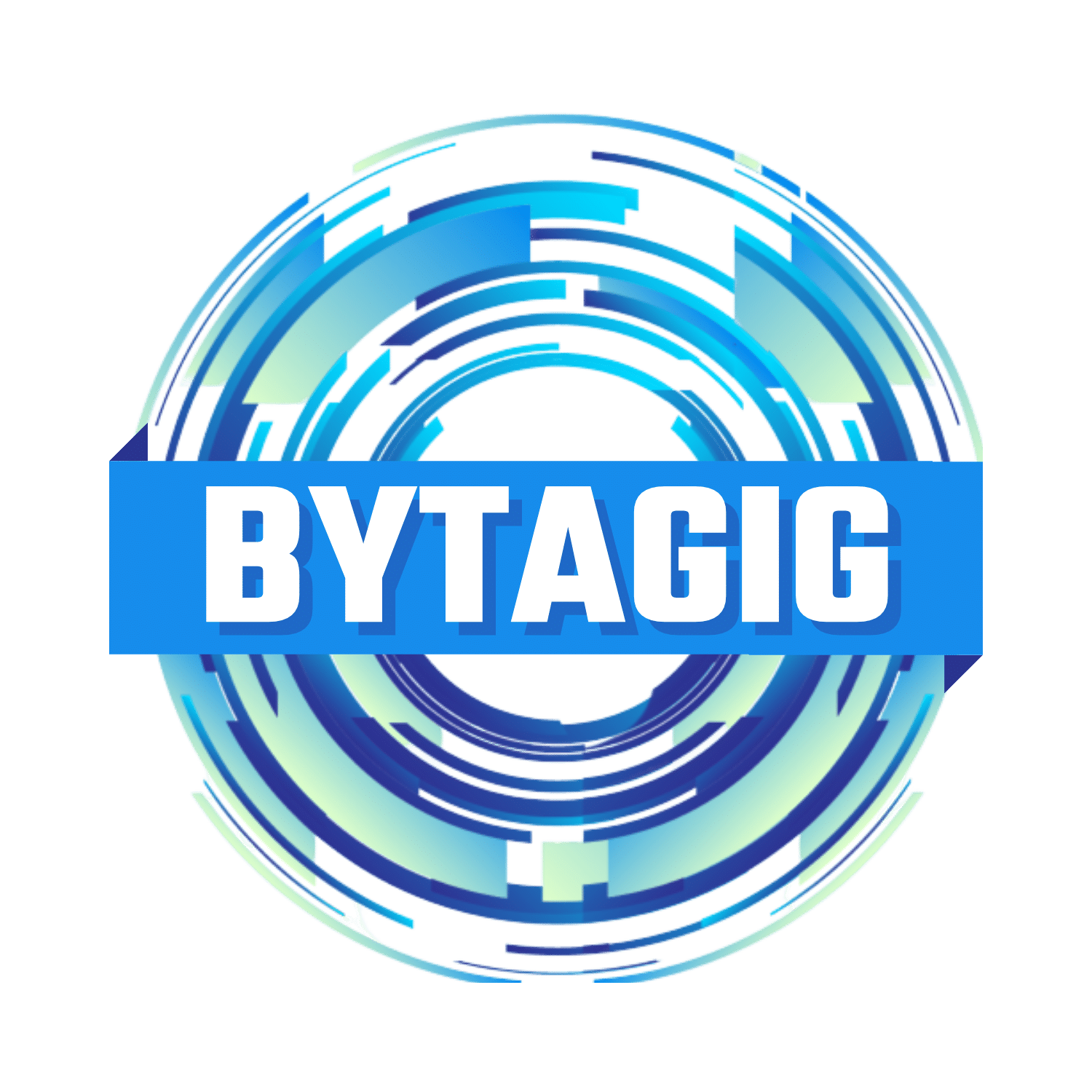
14 Jun Identify and Defeat These Common IT Support Problems
IT problems range in complexity, but often it’s the smaller-scale issues causing problems. Not everyone is an IT expert or has the general knowledge to quickly resolve common IT support problems. Unfortunately, even the smallest problem can cause delays or service interruptions. In extreme cases, it can even cause the loss of personal information.
In this article, we’ll look at common IT support problems with ways to troubleshoot them. Additionally, if you provide IT customer support services (or support for your staff), these tips can help rectify smaller problems. By doing so, you can streamline troubleshooting and allow IT staff to focus on larger issues complicating your business’ workflow.
Common IT Support Problems and Solutions
Lost Login Credentials
A frustrating issue occurs when a user no longer has their username or password to login to a specific website, app, or service.
Resolving this requires recovering the username first, and then resetting the password. If a user remembers the email associated with the account, then they can retrieve their information. However, if neither can be recalled, reaching out for support is necessary. The user will need any and all information related to their account(s) for identity verification.
Lost Password
A lost password occurs when a user cannot remember this specific credential, normally requiring a reset or recovery. When requesting a password reset, ensure the email is sent to the correct address and not in the spam/junk email folder.
Account Lockout
A security feature, an account lockout means a user cannot access a login, website, app, or software caused by failed login attempts. Resolving this may require credential resets, waiting for a “lockout” timer to expire, contacting support to provide verification details, or using an alternative verification method.
No PC Power/PC Won’t Turn On
A surprisingly common IT-related issue is failure to power on a PC or laptop device. The causes for this can vary, so we’ll address basic problems first. The person should ensure their device is properly plugged in. If it’s a laptop, the battery should be at full charge or charged enough it could power on. Switch outlets if necessary.
However, if these solutions don’t work, listen for hardware failure sounds. Clicking, beeping, or other unusual audio cues can indicate an internal hardware problem or a failing PSU.
System Overheat
Another common but frustrating issue is a PC overheating. A laptop or PC system that overheats to dangerous levels (temperatures that can damage hardware) will routinely crash and suffer severe performance problems. After extended periods, overheating can permanently damage PC components like the CPU, disc drive(s), and even the motherboard.
Identifying the causes. Make sure the fans are working properly and dust/debris is not blocking cool air intake. Reduce CPU and memory load by closing programs, tabs, and background processes.
When cleaning your laptop/PC, keep the system unplugged and powered off. Do not use liquid products for cleaning.
Slow Performance
Another frustrating IT issue is the reduced/slowed performance of a PC system. Again, the causes for this can vary. For instance, too many programs, browser tabs, and background operations can cause significant lag, especially if the system specifications are minimal. Software and OS updates can increase lag/performance with harsher memory requirements.
Slow performance can also be caused by malware, viruses, or spyware. It’s important to conduct a full-system scan if you suspect a viral infection on your PC/laptop. In other cases, you may need to upgrade your system’s hardware with an SSD (solid-state drive), additional RAM, or potentially replace the PC itself.
Slow Internet Speeds
A fast internet is important for completing tasks in a timely fashion. When your internet speed slows to an abnormal speed, you’ll need to identify the cause(s).
First, resetting the router, modem, and/or PC system can potentially resolve the issue. Check your ethernet cable for disconnection or damage and make sure it’s plugged in. If you’re using wi-fi services, check the strength of your connection. Wi-fi signals are weakened by objects, distance from the router, and weak signals.
If these solutions do not work, you may need to check with the internet provider. Some ISPs experience service disruptions and can help pinpoint slow speeds at your location.
Can’t Connect to Wi-Fi
While encountering slow internet speeds is a source of frustration, so is losing a wi-fi connection entirely. In some cases, you can appear connected, but cannot access internet resources. To help resolve this, start by first restarting your PC system and modem/router, just as you would with slow internet.
If that doesn’t work, you can disable/reenable your wi-fi adapter in PC system settings. You can also make the PC “forget” the wi-fi connection, and then reconnect to it.
Can’t Access Network Devices
It’s common to use connected devices for different tasks, like printers. However, you may encounter instances where you cannot connect/use said devices. This is a common problem on business networks or other situations where multiple device connections are used.
Make sure you’re using the correct credentials if accessing a connected device. Typically there is a security key. Additionally, make sure firewall settings grant the correct permissions. This is normally the responsibility of system administrators.
Can’t Use Software
In some instances, you may not have use of software. This means the software will not load, freezes on startup/during use, or will not install.
There are several potential causes for this. One is that the hardware on a system is not compatible with said software’s hardware requirements, like memory/CPU. Older legacy systems, for instance, will find it difficult to run memory-demanding programs, fail to load them, or experience crashes when using software.
Software updates may also cause bugs and different problems, or older software has compatibility issues. You may need to update your PC/laptop with additional memory for improved performance. Ensure that your operating system and all relevant updates are installed. You’ll also need to check if other apps or software are causing performance problems.
Still having trouble?
IT issues are frustrating, and even with basic support tips, it’s possible to continue encountering errors. Therefore, it’s fine to reach out for assistance when you need it. Third-party support is available with an MSP who can resolve Common It Support Problems
For more information, contact Bytagig today.
Share this post:

Sorry, the comment form is closed at this time.